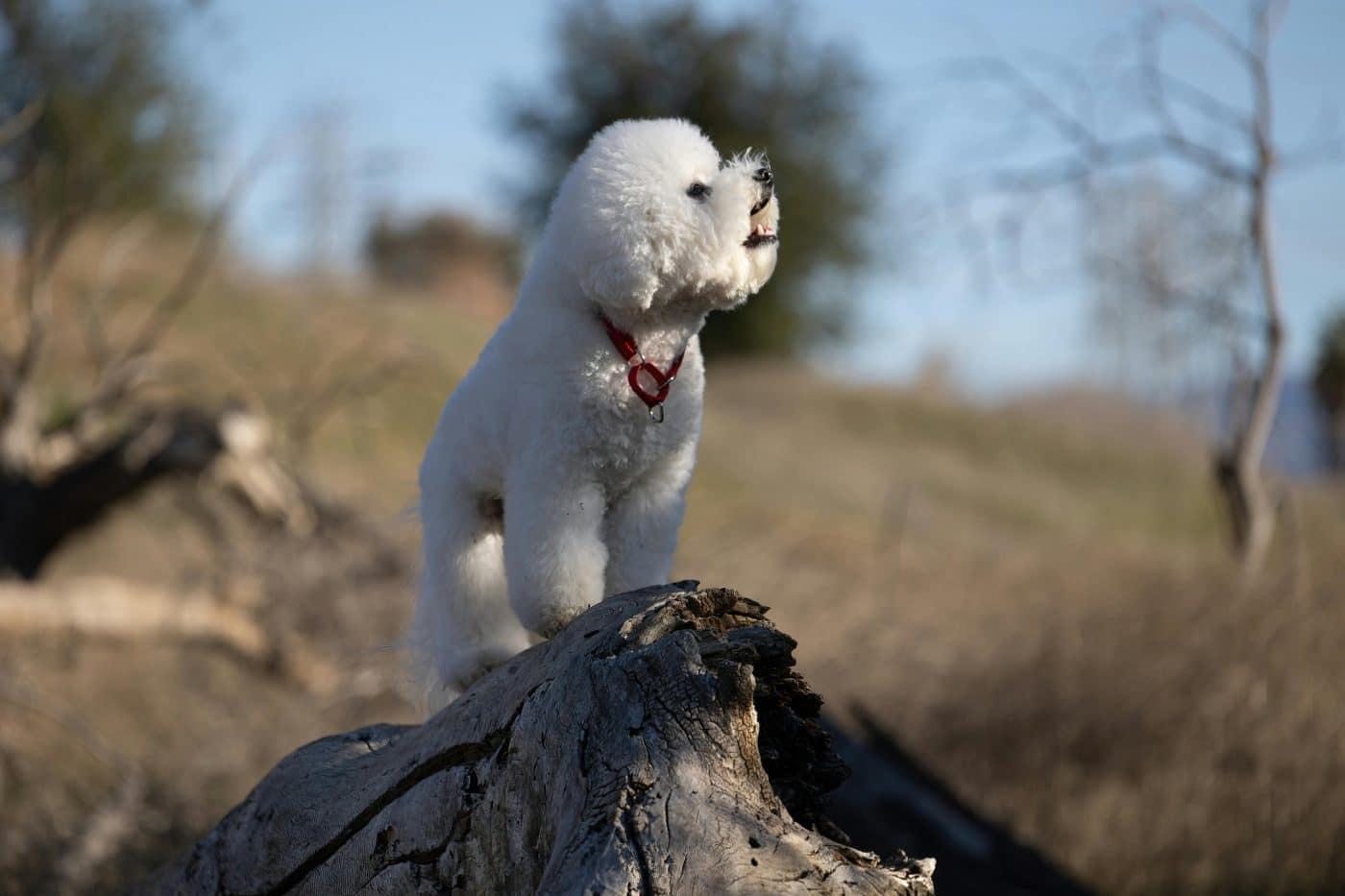 Shutterstock
Shutterstock
Dogs may not speak our language, but they’ve nailed the art of communication. From side eyes and dramatic sighs to intense stares into the void, they’ve got their canine dictionary. Beneath the charm, though, are real signals—some subtle, some obvious—that reveal what’s going on inside. Whether it’s a health concern, anxiety, discomfort, or just an urgent plea for the 12th walk of the day, your dog is trying to tell you something important. All you have to do is listen—and brush up on your Doggish skills.
Excessive Licking
 Shutterstock
Shutterstock
If your dog is licking everything in sight—paws, furniture, you, the air—it’s not just because they’re extra affectionate or think your lotion tastes like chicken. Excessive licking can signal anxiety, boredom, pain, or even nausea. Dogs may lick their paws to soothe sore spots or relieve joint pain. Some will lick furniture or walls when they’re feeling nauseous or stressed. While an occasional lick is normal, a sudden uptick might be your dog waving a tiny red flag.
Whining or Whimpering
 Shutterstock
Shutterstock
Sure, dogs whine when they want a treat or when they spot your sandwich. But if your dog starts whining for no obvious reason, they may be trying to tell you something more serious. Pain, fear, confusion, or separation anxiety are common causes of this vocal behavior. Older dogs may whimper if they’re experiencing cognitive decline or discomfort. If your usually chill pup suddenly sounds like a sad violin, it’s worth tuning in.
Restlessness or Pacing
 Shutterstock
Shutterstock
When your dog can’t seem to settle—constantly getting up, circling, or pacing from room to room—it’s a sign they’re uneasy. This behavior can be related to anxiety, discomfort, or the need to go outside. Dogs that suddenly start pacing, especially at night, may be dealing with pain or distress. It could also be a sign of cognitive dysfunction in senior dogs. If your pup is pacing like they’re waiting for an important phone call, it’s time to investigate.
Sudden Aggression or Reactivity
 Shutterstock
Shutterstock
If your sweet, tail-wagging bestie suddenly growls or snaps, don’t just assume they’re being rude. Aggression can be a dog’s way of saying, “Something hurts,” or “I’m scared and overwhelmed.” Pain, fear, territorial behavior, or even neurological issues could be behind the shift. Dogs communicate with body language first, but if those signals are missed, they may escalate to growling or snapping. Don’t scold—get curious.
 Shutterstock
Shutterstock
A confident, relaxed dog will often make gentle eye contact. But if your pup suddenly starts avoiding your gaze, hiding behind furniture, or retreating to their crate, something is up. Dogs who feel unwell, anxious, or fearful will try to isolate themselves. Hiding can also be a sign of pain or confusion, especially in older dogs. If your normally outgoing dog becomes a recluse, it’s worth paying attention—and maybe canceling your vacuuming schedule for the week.
Loss of Appetite
 Shutterstock
Shutterstock
Most dogs act like they haven’t eaten in 17 years. So if your pup suddenly turns their nose up at dinner, it’s usually a neon sign that something’s wrong. Illness, dental pain, digestive issues, or even emotional stress can make dogs stop eating. Skipping a single meal may not be a crisis, but consistent food refusal deserves a vet visit. If your Labrador says no to chicken, you know it’s serious.
Excessive Panting
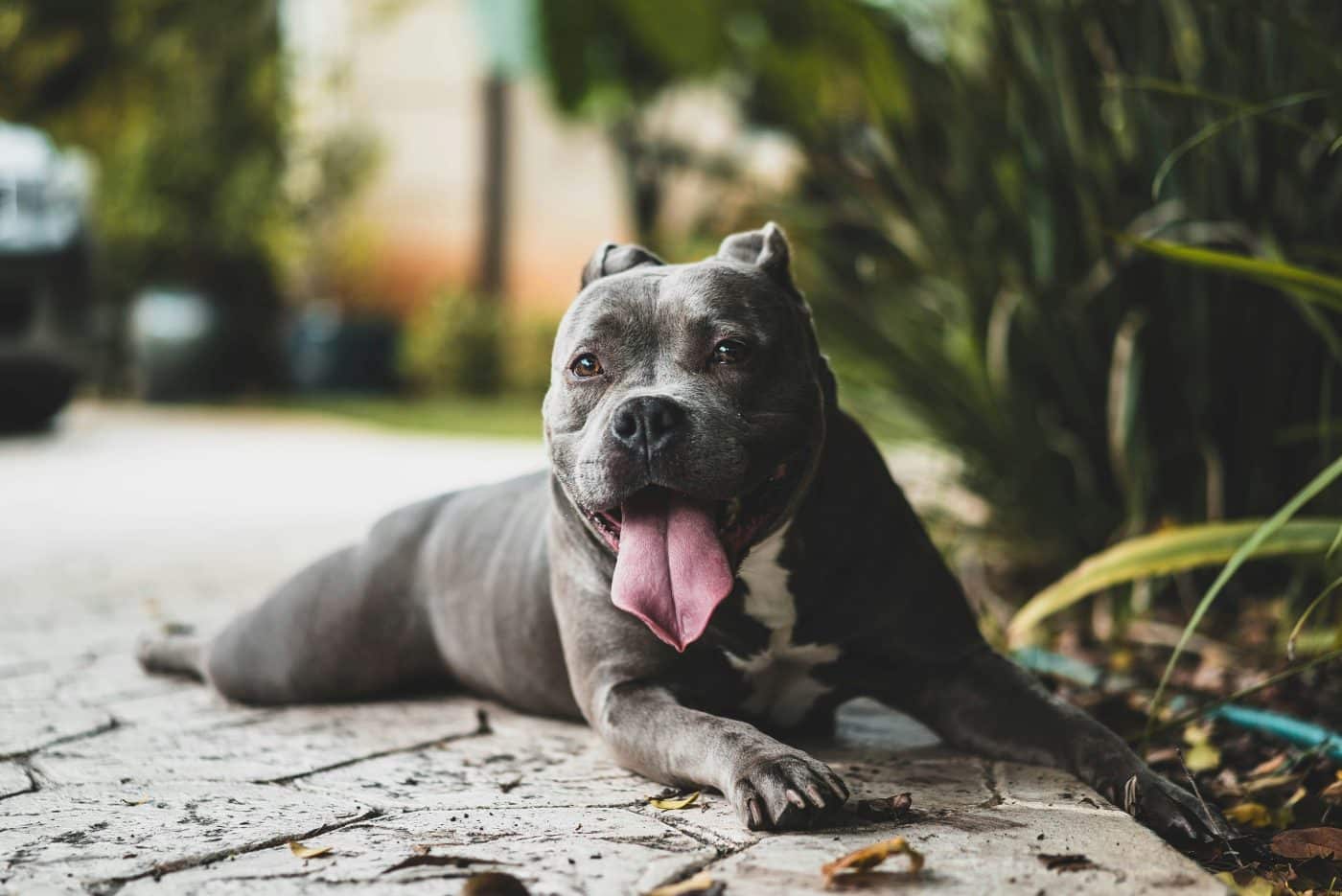 Shutterstock
Shutterstock
Panting is normal after exercise or when it’s hot, but if your dog is panting excessively at rest, you might be looking at something more than just a warm pup. Dogs may pant due to pain, fever, anxiety, heart issues, or respiratory problems. Some dogs also pant when they’re nauseous or in distress. If your pup is puffing like they just ran a marathon while lying on the couch, don’t brush it off—it’s their version of calling for help.
Changes in Sleeping Patterns
 Shutterstock
Shutterstock
If your dog suddenly starts sleeping more than usual—or has trouble sleeping at all—it could be a signal that something is off. Increased sleep can indicate pain, illness, depression, or aging, while restlessness might point to discomfort, anxiety, or cognitive decline. A healthy dog has fairly consistent sleeping habits. If yours is up at 3 a.m., staring at the wall or snoozing through every playtime, they’re probably trying to tell you something’s wrong.
Destructive Behavior
 Shutterstock
Shutterstock
Chewing shoes, digging in the yard, and shredding pillows might seem like classic naughty dog moves, but often, they’re symptoms of deeper issues. Dogs that are bored, anxious, or stressed may act out in destructive ways to release pent-up energy or soothe themselves. Separation anxiety is a common trigger—your dog isn’t mad you left; they’re just panicking. If your living room is starting to look like a scene from a disaster movie, your dog is waving a pretty obvious flag.
Changes in Body Posture
 Shutterstock
Shutterstock
Your dog speaks volumes with their body. A tucked tail, lowered head, stiff stance, or hunched back could all indicate fear, pain, or stress. Dogs that suddenly move differently—limping, stiff walking, or reluctance to jump or climb—might be hiding an injury or joint issue. Don’t wait until they’re limping dramatically to take action. Subtle posture shifts can be your dog’s way of saying, “Hey, I’m not okay.”
Unusual Barking Patterns
 Shutterstock
Shutterstock
Your dog knows how to bark, but if the tone, frequency, or context changes, they may be trying to alert you to something new. Dogs bark to get attention, but they also bark when they’re confused, scared, or sensing something out of place. Sudden barking at night, barking while staring at a certain spot, or barking when you leave the room could mean your dog is trying to alert you to a problem—physical, environmental, or emotional. Not all barking is just barking. Sometimes it’s code.
The Paw Point Has Been Made
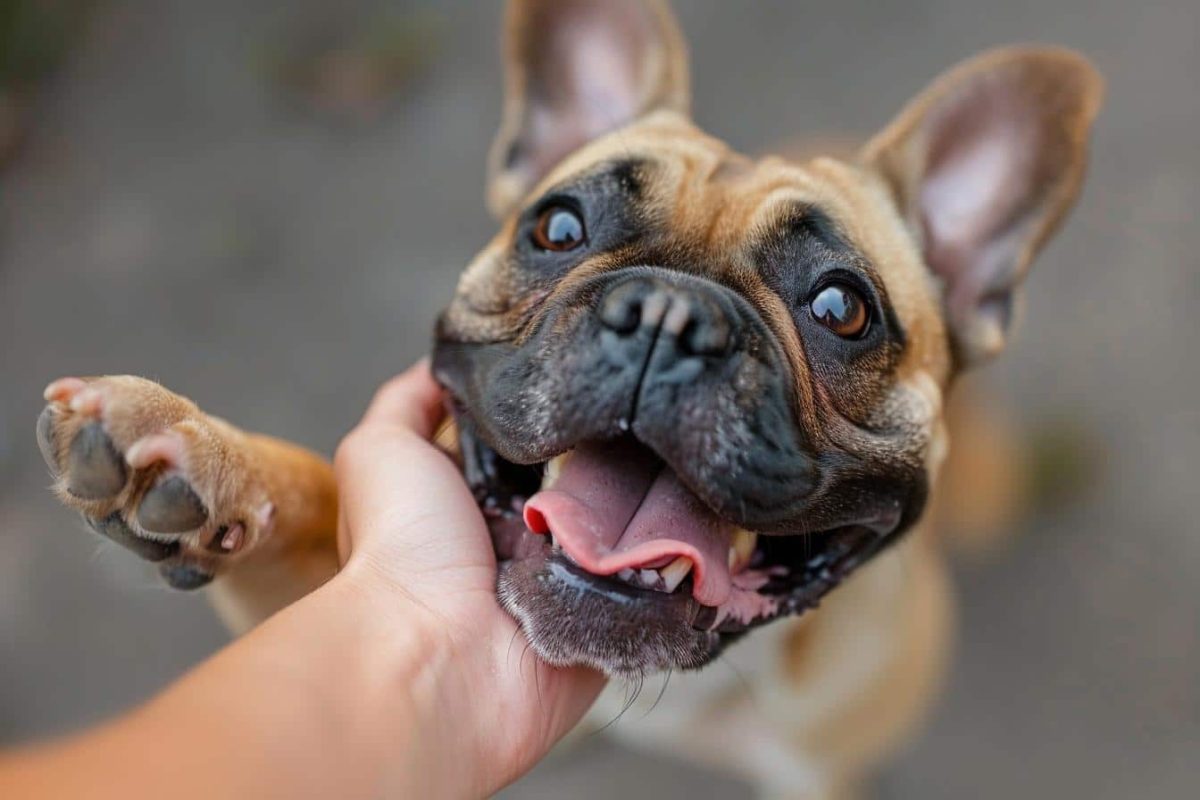 MidJourney
MidJourney
Your dog’s secret language? Officially decoded. Whether they’re pacing like a squirrel on espresso or hiding like they’ve seen a ghost, they’re likely trying to tell you something important. Dogs are clever, intuitive, and incredibly expressive—if you know what to watch for. So the next time your pup throws a side-eye, flops dramatically, and lets out a theatrical sigh, don’t ignore it. They might be signaling stress, discomfort… or yes, just demanding another belly rub. Either way, it’s worth listening. They’re saying more than you think—sometimes with flair.

 3 weeks ago
20
3 weeks ago
20








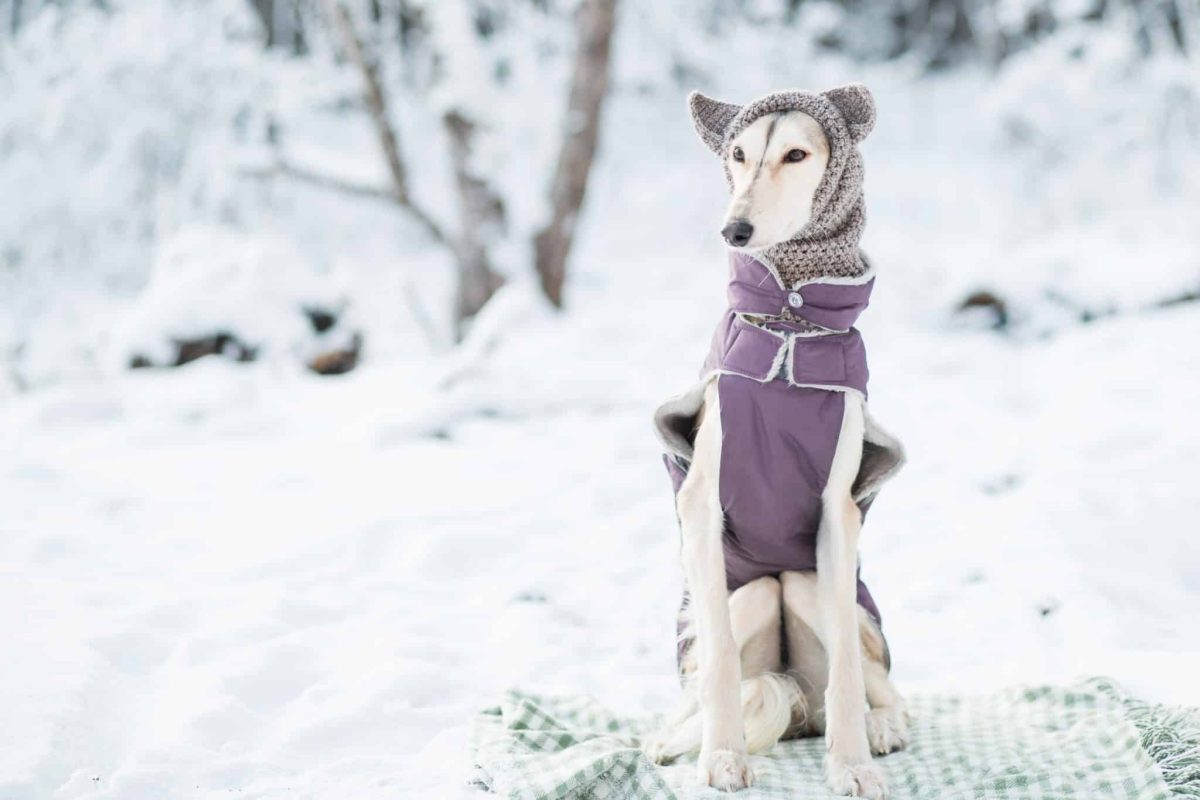
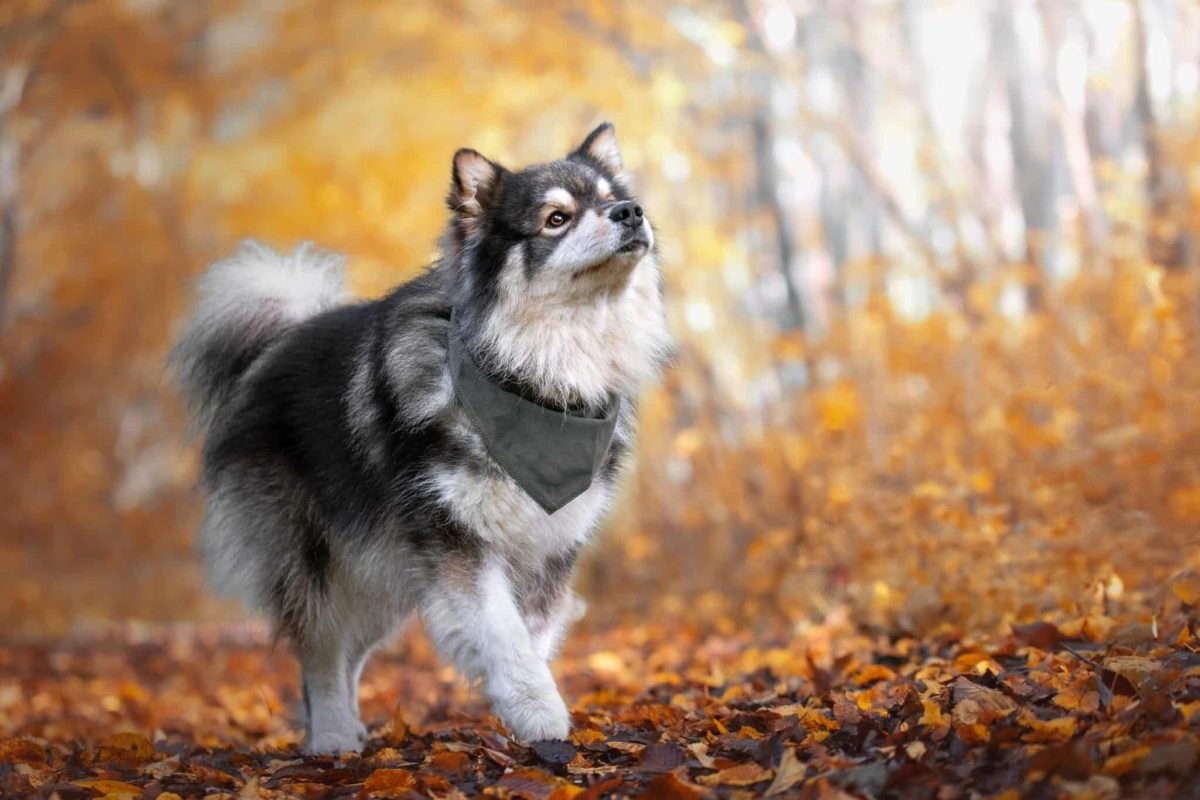




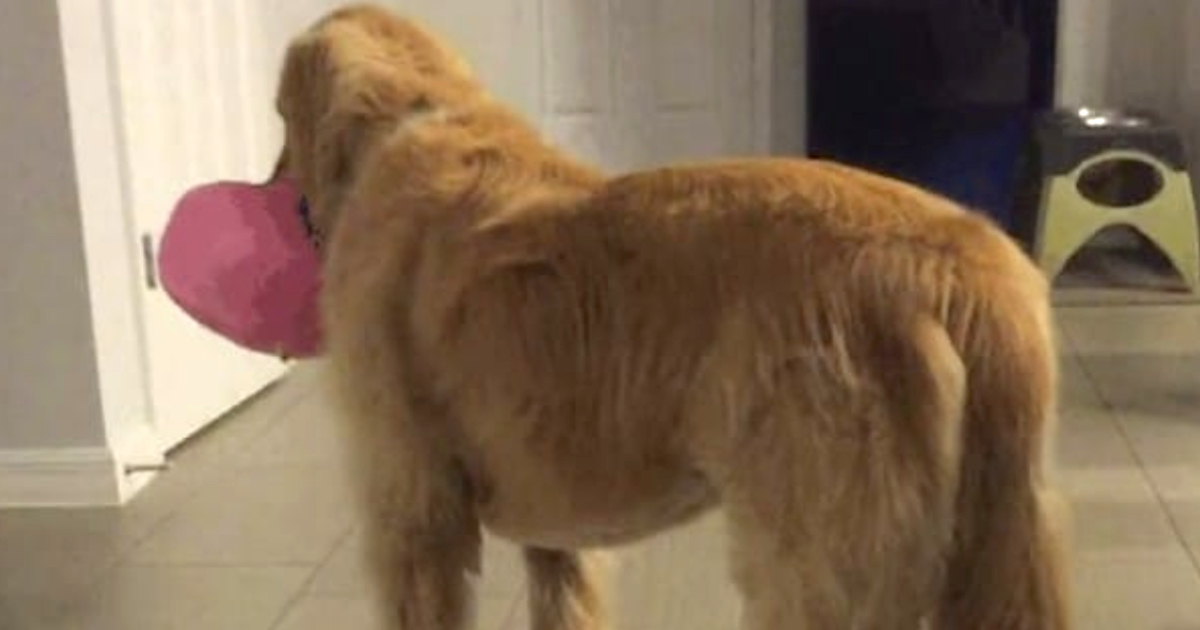
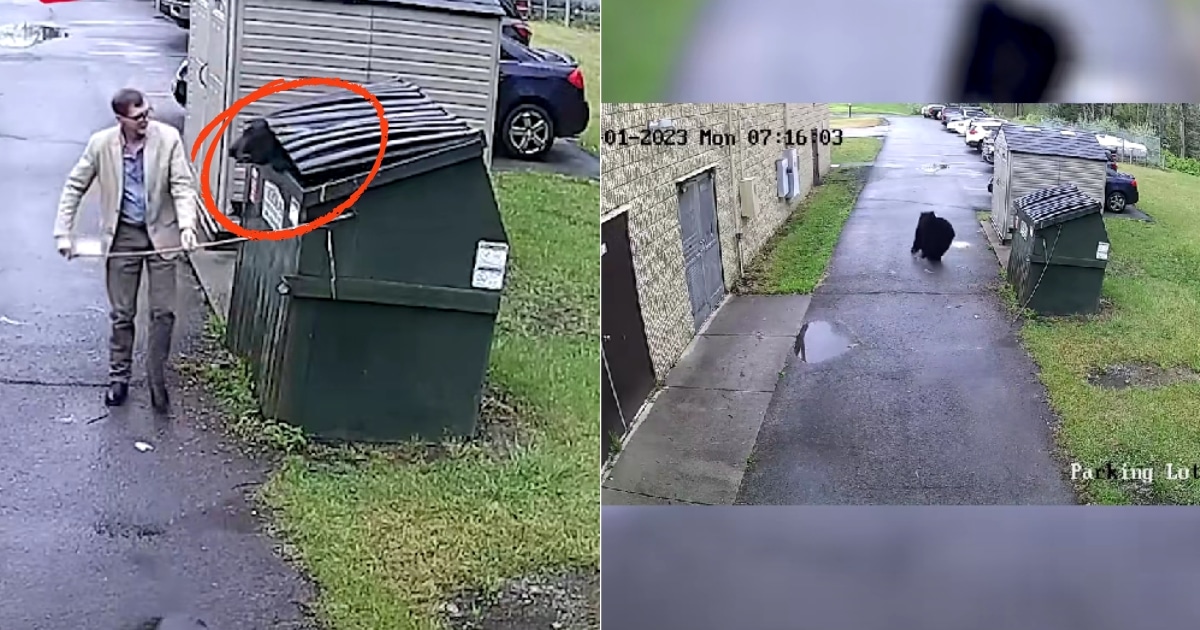
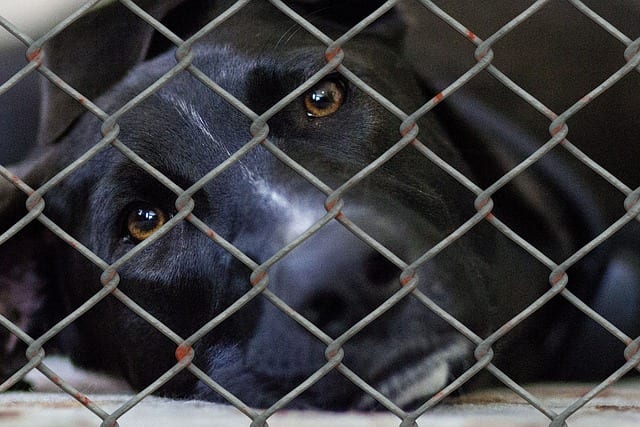

 English (US) ·
English (US) ·